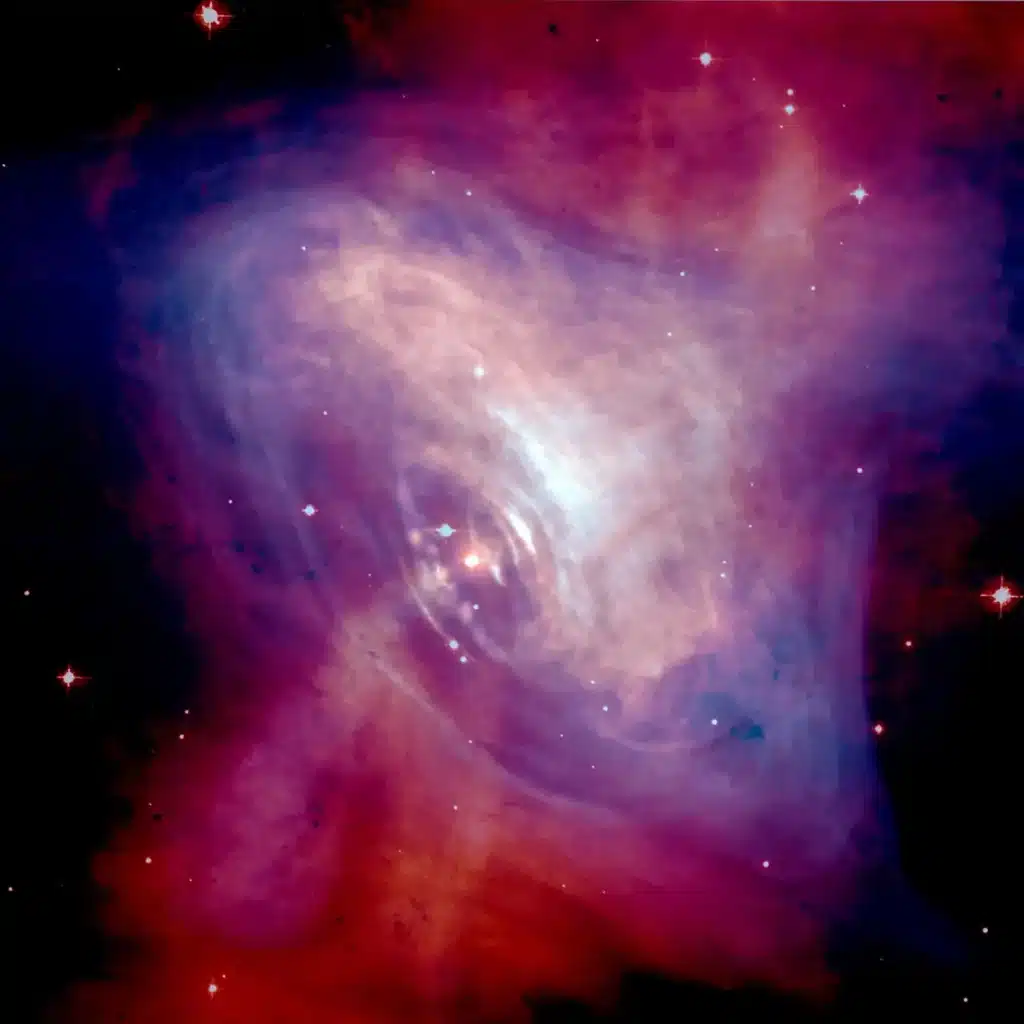A team of international researchers has devised a novel way to hunt for dark matter, the universe’s most elusive secret. This mysterious substance is believed to make up a staggering 85% of the universe, yet it remains unseen. The key to revealing its presence? A hypothetical particle named “axion” and the incredibly powerful surroundings of rotating neutron stars, or pulsars.
Understanding dark matter can be challenging because there’s so much we don’t know about it. Imagine a vast, invisible force exerting a pull on everything we can see, like planets, stars, and galaxies. Though we can’t see dark matter directly, its gravitational effects provide scientists with evidence that it exists. However, they’re itching to see or directly detect it to fully understand what it is.
What we know is that dark matter is different from the type of matter we and everything around us are made of. If it were similar, it would behave like regular matter—forming stars and emitting light. Thus, researchers are on a quest for an entirely new kind of particle, one that interacts so faintly with the known particles that it has managed to stay hidden.
Enter the axion—a proposed particle from the 1970s, originally theorized to explain a peculiarity with the neutron, a building block of atoms. Nobel laureate Frank Wilczek gave it its catchy name, inspired by a brand of laundry detergent, highlighting its role in “cleaning up” certain scientific issues. Over time, this particle has also been suspected of being a dark matter candidate.
If these axions do exist, they might be turned into visible light under strong electromagnetic fields. This is where pulsars come into play. Pulsars, dense stars with powerful spins, emit intense beams of radio waves. Their rapid rotation also transforms them into potent electromagnets, possibly making them ideal axion factories. With their strong electromagnetic field, some of the numerous axions they produce could convert into observable light.

But detecting this light is no simple task. The light that might emanate from axions would be a minute portion of the vast light these cosmic lighthouses emit. So, the team from the Netherlands, Portugal, and the USA created an intricate theoretical framework. They simulated the entire process—axion production, its journey escaping a pulsar’s gravitational pull, and its conversion into low-energy radio radiation.
The researchers then used real data from 27 nearby pulsars and compared it to their models. While they did not find immediate evidence of axions, their research has set a new bar, establishing the strictest limits yet on how axions might interact with light.
But the scientists remain hopeful. As the team continues their research, they believe they are laying the groundwork for a pioneering field that could significantly accelerate the hunt for axions. And with it, perhaps, the quest to understand dark matter will inch closer to its ultimate revelation.
Their paper is published in the journal Physical Review Letters.












